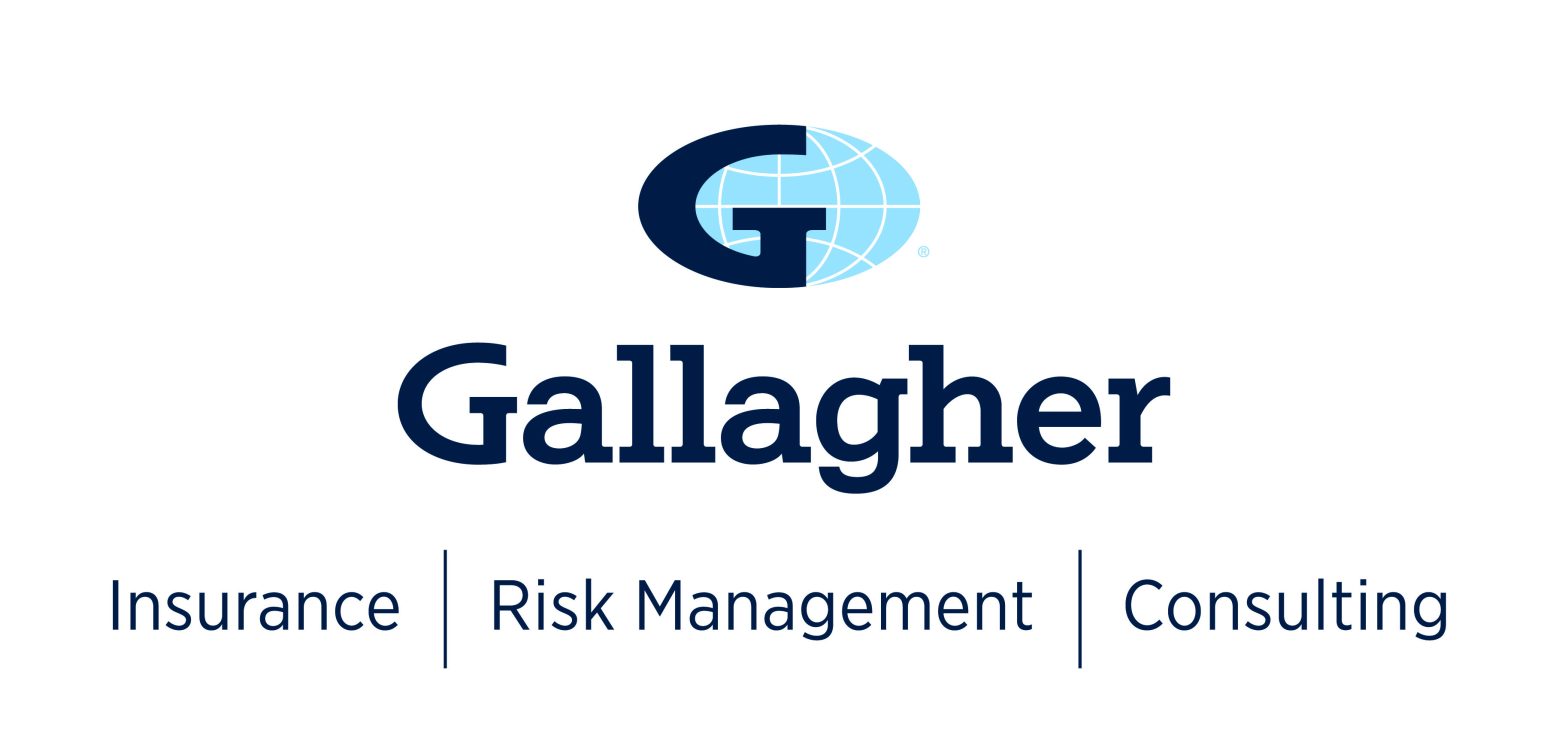The money came from the U.S. “clean coal” tax credit, a provision of the American Jobs Act of 2004 meant to encourage the use of chemically treated coal to cut pollution in the nation’s power plants.
To capitalize on the subsidy, A.J. Gallagher arranged investor partnerships to produce vast quantities of refined coal, as the fuel is known in the industry, for utilities across the nation, splitting the benefit of the lucrative government incentive – now worth more than $7 per ton.
“Our return on investment is staggering,” CFO Douglas Howell told analysts in the March 14 call. “Oh, 200 percent, 300 percent, 400 percent, 500 percent. I mean, just because it costs so little to develop” clean coal facilities.
A.J. Gallagher’s experience reflects a truth about the U.S. refined coal tax credit, a subsidy that now costs taxpayers about $1 billion a year: While coal mining firms, utility companies and power consumers can benefit indirectly from the subsidy, the big winners are a diverse group of investors – ranging from Wall Street’s most powerful banks to insurers, meat packers and drug makers – who identified the incentive as an easy way to make money.
Over the past decade, these companies have financed the construction of facilities to produce refined coal, which are situated next to coal-fired power plants and typically cost about $4 million to $6 million each to develop. They then sell the resulting coal to utilities below cost, but make eye-popping returns from the subsidy rather than the underlying business, according to regulatory documents and interviews.
A.J. Gallagher’s Howell took credit for designing a business model to maximize profits from the subsidy in his March call with analysts.
“It is our machine,” he said. “We developed it. We pioneered it.”
The company has accumulated about $850 million worth of tax credits, mostly from its side business in taxpayer-supported refined coal, Howell said on an Oct. 25th conference call with investors and analysts.
“And at current production levels” of refined coal, he said, “that may total another $700 million through 2021.”
Howell declined to comment for this story. A.J. Gallagher spokeswoman Linda Collins minimized the importance of clean coal to the company.
“Refined coal is not a part of our core brokerage and risk management business,” Collins said in an email.
Refined coal activities, however, accounted for 25 percent of the company’s $5.28 billion in total revenue during the first nine months of this year, according to AJ Gallagher financial statements. They also made up about a fifth of the company’s $516 million in net earnings attributable to controlling interests during that period.
While the subsidy has proven a boon for investors, it has often failed to achieve the intended reductions of nitrogen oxides, or NOx, the primary contributor to smog and acid rain. Utilities that burn refined coal have trailed competitors burning raw coal in lowering NOx emissions, and 22 of 56 plants burning refined coal have seen NOx emission rates rise instead of fall, according to a Reuters analysis of EPA emissions data vetted by industry experts.
The refined coal tax subsidy is scheduled to expire in 2021. But lawmakers, including Republican Senator John Hoeven of coal-producing North Dakota, have introduced legislation to extend it another 10 years. They argue it helps the environment, extends the life of the ailing coal industry – a centerpiece of the Trump administration’s energy policy – and reduces power prices by giving utilities a cheap, subsidized source of coal.
“This is really an incentive to operate in a way that’s more environmentally friendly while keeping power costs low,” said Hoeven, whose state sits atop an 800-year supply of lignite coal.
If the extension goes through, those best placed to gain from the subsidy are an eclectic list of refined coal investors, including Wall Street banks Goldman Sachs Group Inc, JPMorgan Chase & Co Inc and Capital One Financial Corp; wealth management giant Fidelity Investments; drugmaker Mylan NV MYL.N; U.S. affiliates of global commodities trader Noble Group Ltd; industrial supplier W.W. Grainger Inc; Kansas-based pork producer Seaboard Corp; and ethanol plant investor Rex American Resources Corp, according to disclosures with the U.S. Securities and Exchange Commission, state environmental regulators and the U.S. Tax Court.
CapitalOne, Goldman Sachs, JPMorgan, Mylan, Noble, Rex American, Seaboard and W.W. Grainger declined to comment on refined coal’s impact on NOx pollution.













